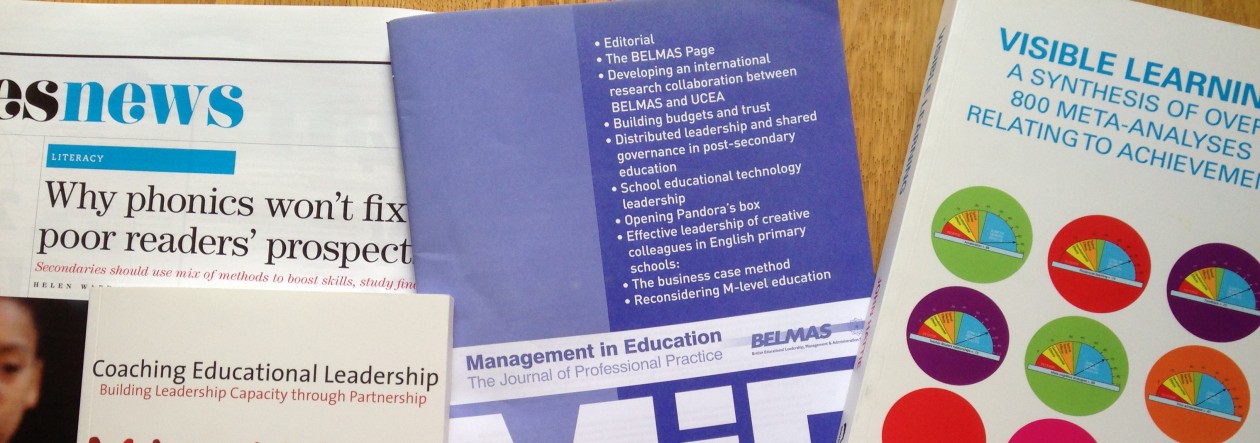Flipped Learning centres around the use of digital technology, such as video, to provide direct instruction on new concepts outside of the classroom. Students come to lessons having been introduced to the subject already. In theory, this frees up class time for the teacher to focus on other beneficial learning activities.
In the study by NFER and NESTA, maths was used as the subject deploying the ‘flipped’ strategy and Khan Academy resources were accessed. However, don’t think this method will only work (or not) in this specific area. The positives and negatives will apply to other subject areas.
You decide… here are some of the features noted in the nine case-studies:
- Homework time is typically used to deliver new content to prepare students for lessons, as opposed to being used for revision and consolidation.
- Greater use is made of online learning such as videos, presentations and exercises than learning from textbooks and worksheets.
- Teachers spend more time in lessons coaching and facilitating learning and less time providing whole class instruction and demonstration.
Key findings:
Where it worked, there was more time in class for active learning activities, such as:
- practising and applying mathematical knowledge
- individualised coaching support provided by the teacher
- collaborative learning
- whole-class discussion
It encouraged students to:
- take responsibility for their learning
- learn at their own pace
- deepen their knowledge and understanding
- make faster progress than would normally be expected
It is worth noting that most teachers in the study intended to continue using flipped learning, or aspects of it, as part of a varied repertoire of teaching strategies and to develop its potential further.
These considerations raised by the authors are important:
- Access to computers or mobile devices and Wi-Fi at home needs to be considered. This may involve some consultation with students to gauge their home access.
- When choosing resources, it is important to check to what extent they match the curriculum and topic.
- What about teacher feedback on the activities that students have completed at home and how they have progressed (such as Khan Academy)?
- Material that is less scaffolded and more complex may be more suitable for revision and extension purposes.
- If the school does not have an embedded homework policy that results in a high level of engagement with homework, schools need to institute this before they embark on flipped learning. Otherwise, schools could consider approaches such as opening up access to computers during break or lunchtime, running a session in a computer suite facilitated by a nonspecialist teacher or teaching assistant, or enabling students to use the online resources during lesson time.
- In addition, parents/carers can be involved to help facilitate the process and help ensure homework is completed
- The attainment level, maturity and ability to work independently of the student group should be considered.
- Teachers in the pilot schools tended to target more able students but this does not need to be the case.
There are more in the Report.
